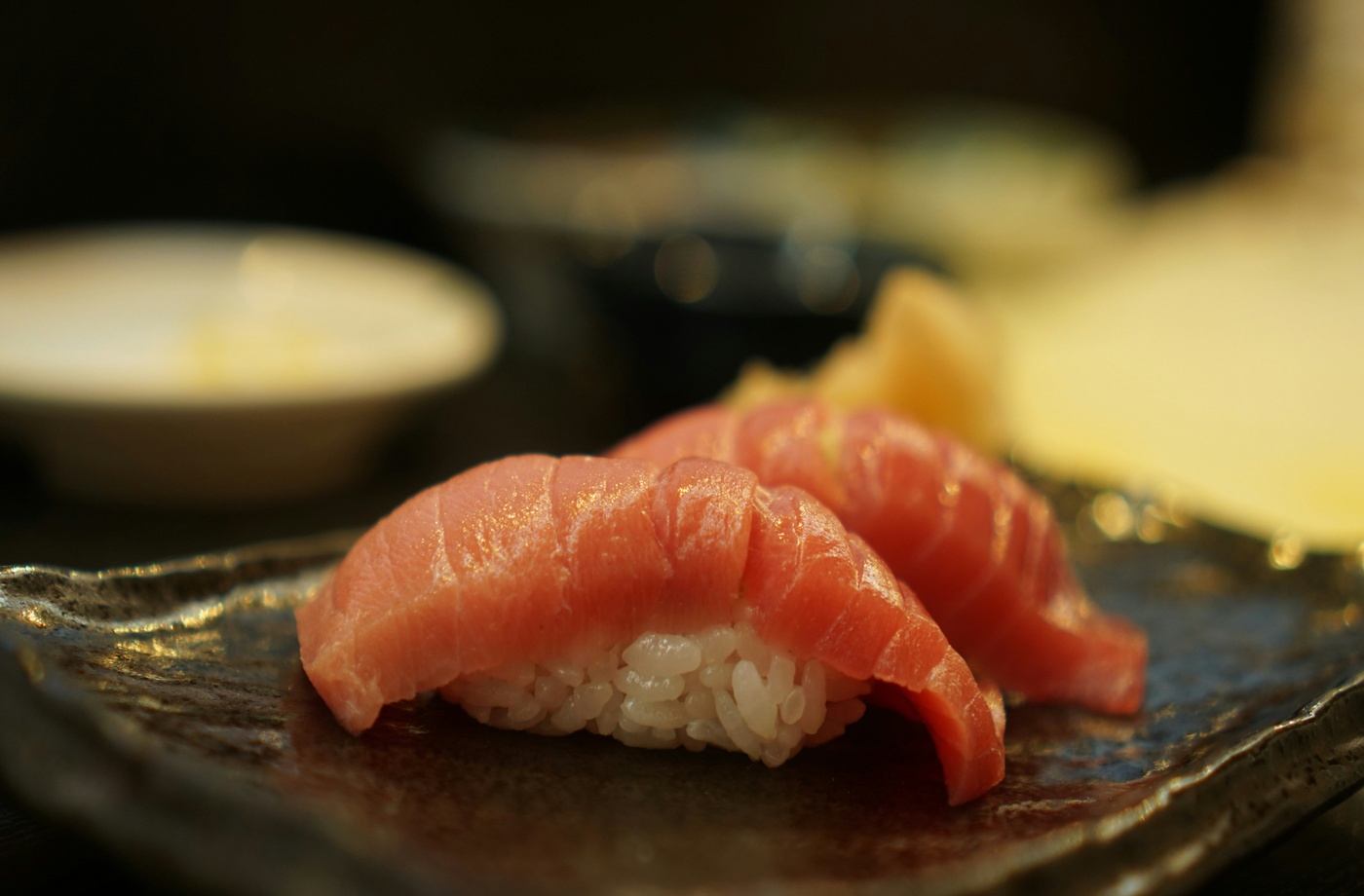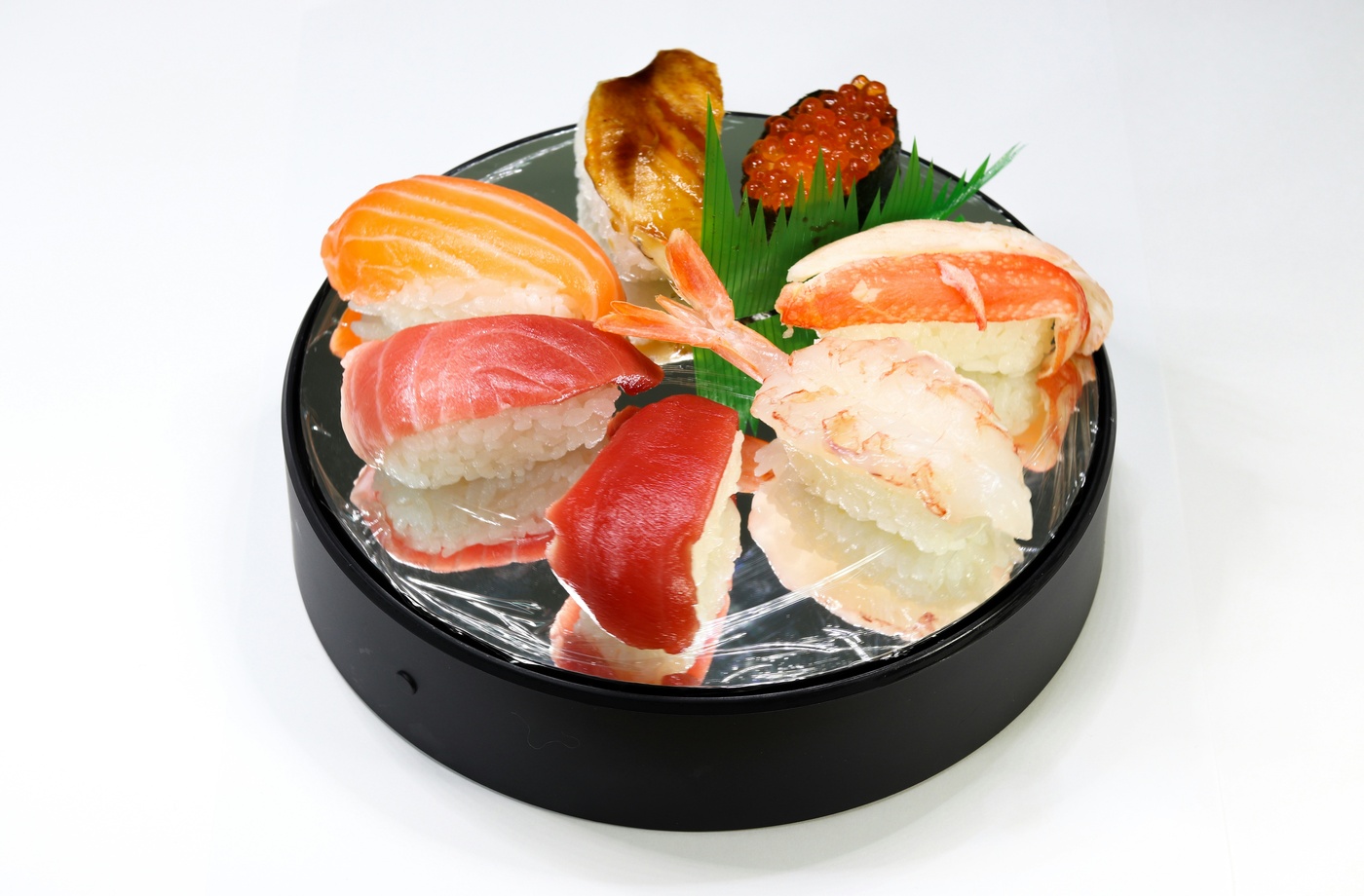In Japanese culinary culture, tea is more than a beverage—it is a ritual, a reflection of seasonality, and a seamless extension of the meal itself. While wine pairings dominate Western tasting menus, a growing number of Japanese and Japanese-inspired restaurants are offering curated tea pairings designed to complement each course with precision, restraint, and purity. From traditional kaiseki in Kyoto to contemporary counters in New York, tea is reclaiming its place at the fine dining table.
Here’s a look at where you can experience the true harmony of tea and cuisine—from Tokyo to Brooklyn and beyond.
Tokyo: Cha Kaiseki at Ippodo Tea Co.
One of Japan’s oldest and most respected tea purveyors, Ippodo Tea Co. has been based in Kyoto for over 300 years. While the company offers in-depth tastings and workshops in Kyoto, its Tokyo outpost occasionally features cha kaiseki—a meal paired with multiple teas including sencha, gyokuro, and matcha. These pairings reflect the spirit of ichigo ichie—a once-in-a-lifetime experience where tea and food enhance one another through mindful presentation and subtle contrasts.
Kyoto: Hyotei
At the Michelin-starred Hyotei, a 400-year-old kaiseki restaurant near Nanzenji Temple, the meal concludes with thick, ceremonial-grade matcha—a nod to the restaurant’s tea house origins. Though formal tea pairing menus aren’t always printed, seasonal teas are thoughtfully woven into the meal. The silence of the setting and the sparing elegance of the courses make the matcha finale feel like a closing bow.
New York: Kettl
In Brooklyn, Kettl is pioneering the Japanese tea pairing experience in the U.S. Specializing in rare, single-origin Japanese teas sourced directly from producers in Japan, Kettl collaborates with chefs to create pairing menus that highlight the flavor profiles of sencha, gyokuro, and roasted hojicha. At their tasting room in Greenpoint, guests can experience multi-course seasonal pairings, often accompanied by small plates that mirror the structure of kaiseki.
Los Angeles: n/naka
Chef Niki Nakayama’s acclaimed restaurant n/naka offers a modern kaiseki menu that integrates Japanese tradition with Southern California produce. While a wine pairing is available, tea service—especially at the conclusion of the meal—emphasizes precision and seasonal balance. The staff at n/naka are deeply informed about tea selections and are happy to tailor pairings for guests who want a non-alcoholic, flavor-forward experience.
London: Umu
At the two-Michelin-starred Umu in Mayfair, Kyoto-style kaiseki is paired with premium Japanese teas upon request. Guests can enjoy gyokuro with sashimi or toasted hojicha with grilled dishes. The pairing experience is quiet and considered, often curated to individual tastes.
Why Tea Pairings Matter
Unlike wine, tea offers nuanced temperature control, minimal acidity, and a complex flavor spectrum without alcohol. A lightly steamed sencha can enhance the delicate umami of sashimi, while roasted hojicha can round out charred or grilled elements without overwhelming the palate. The absence of alcohol also sharpens sensory focus, aligning perfectly with dining styles that prioritize purity, pacing, and attention.
Japanese tea pairings are not yet mainstream in the fine dining world—but their rise is unmistakable. As more chefs and tea sommeliers collaborate, the boundary between beverage and course continues to blur in the most elegant of ways.



